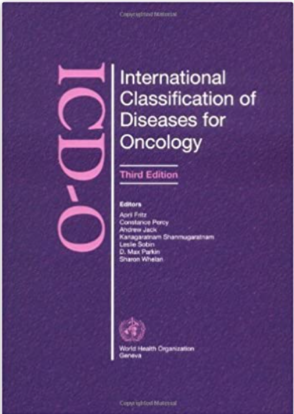NCRA 2023 Conference
The 49th Annual Educational Conference hosted by the National Cancer Registrars Association (NCRA) will be held May 7-10, 2023 in San Diego at the Town and Country Resort. This year’s event will be a hybrid venue, i.e., live attendance with access to live streaming and on-demand sessions after the conference. Virtual attendees will be able to attend the live sessions and present questions online during the Q&A.
The conference will feature important cancer registry topics focusing on current issues and trends in the cancer registry profession. Registrars can earn up to 20+ continuing education (CE) credits to use in maintaining their credentials.
Why should you attend?
- Live attendees can experience one of the largest networking events in the world for cancer registrars.
- Earn 20 CE units for credential maintenance.
- Get important updates from the standard-setters.
- Learn about the newest advances in cancer treatment and oncology healthcare.
- Hear updates from your peers and subject matter experts.
- Have access to the virtual sessions for up to 2 months after the event.
Click on any of the links below to access conference registration, hotel and session information:
- Registration Brochure
- Online Registration
- Hotel, Travel and Transportation Information for Attendees
- Exhibitor Information
- CTR Exam Prep Workshop
- Fundamentals of Abstracting Workshop
- Danielle Chufar Memorial Annual Scholarship
- Top Things to Do in San Diego
Come “Sailing Towards New Horizons” with your friends and cancer registry professional association in May. Looking forward to seeing you in San Diego!





